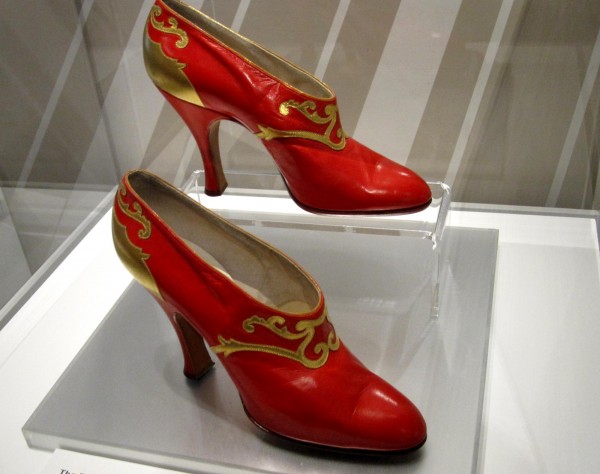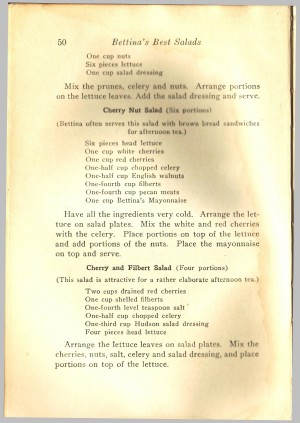If you love the era that brought women the right to vote, a release from the corset and shorter skirts, you will want to visit The Bata Shoe Museum’s latest Exhibit – The Roaring Twenties: Heels, Hemlines and High Spirits.

Suffragettes pave the way
At the turn of the twentieth century, Suffragettes fought a long battle and endured jail time in North America and England to win the vote for women. They were ridiculed for their severe and some said “slovenly” attire, but one could argue that the sturdy boots and shoes in the photo below provided them with support during their marches and demonstrations. The reference to menswear in these styles was a clear message to their opponents. During the suffrage movement in England women would meet in tea rooms – socially accepted public gathering places where they could discuss politics away from the censorious eyes and ears of their husbands.

The New Woman
Women were coming to the cities, delaying marriage and adopting an independent lifestyle. They drove cars, bobbed and Marcel-waved their hair, wore makeup, smoked and swore! Fashion gave women what they wanted: colourful, embellished and unabashed glamour. As I walked through the exhibit, it was clear that many of the 1920’s shoes on display would be coveted in today’s world. I attended the show with a fashionable crowd of style writers and influencers. The fact that most of them were swooning over the shoes was cause for hope that we would someday soon see the decline of today’s 1 inch thick platform and the punishing 7 inch heel!


André Perugia
French shoe designer André Perugia formed an early alliance with Paul Poiret when the clothing designer “discovered” his shoes in Nice, France. He used Perugia’s colourful designs in his shows and promoted Perugia’s footwear to his elite customers after WWI. Both pairs of shoes below are designed by Perugia. The rhinestone treasures are made with individually clawed stones and the pair on the right show clear influences of his collaboration with Poiret.

Daily Life during the Prohibition Era
Of course the 1920’s were also famous for prohibition of alcohol both in the USA and to a smaller degree in Canada. Speakeasies were disguised as restaurants and hidden in alleyways, providing flappers and their fellas a chance to have a swell time dancing up a storm and drinking a little bathtub gin (hooch). Folks kept themselves entertained at Tea Dances, where they danced the Charleston and in particular the Argentine Tango and drank the beverage of choice – tea, both hot and sweetened with ice. Great advances were made in science and technology with the first talking motion pictures – The Jazz Singer and Lights of New York , the discovery of Insulin, Amelia Earhart’s Transatlantic crossing, the invention of the refrigerator and sliced bread!


Fruit from sunny California – dates, figs, pineapples and oranges were shipped throughout the States and Canada, making salads very popular at meal time. Bettina’s Best Salads, by Louise Bennett Weaver and Helen Cowles LeCron had lovely illustrations and great recipes e.g. Egyptian and Hollywood Salads. I’ll post more from this 1923 jewel of a cookbook.

Cherry Salad Recipe. A rather degraded but cherished copy from Bettina’s Best Salads.
Orange Pekoe tea was popular in the 1920’s. The term “Pekoe” refers to the British grading system rather than the colour or flavour of the tea and Orange refers to the Royal House of Orange, The Dutch Republic being one of the first countries to import tea in the 1600s. Tea bags were just beginning to be used in the 1920’s but most tea drinkers still preferred loose leaves, now available in 1 lb. tins. Green tea was enjoyed during the decade, but during the Second World War trade and shipping routes were blocked and North Americans and the English only had access to black teas supplied by British tea gardens in India. After the war people didn’t switch back.

The gaiety and frenzy of the 1920’s came crashing down on October 24th, 1929, the beginning of The Great Depression. It is easy to understand today’s nostalgia for the rich culture of the 1920s; Art Deco had its beginning at the 1925 World’s Fair, Jazz became the emblematic music of dance and everywhere the conventions of society, art and literature were challenged. What impresses you most about this era? Do you see any parallels to our world today?



